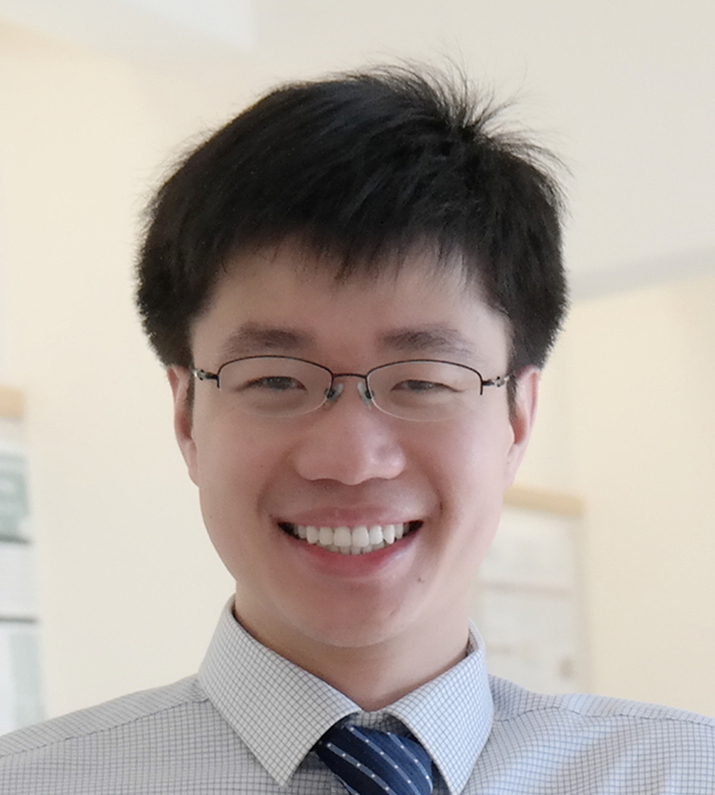Pushing the Limit of Photoacoustic Imaging
Project Summary
Photoacoustic tomography can provide acoustically-determined resolutions at centimeter depth in vivo, but is limited by acoustic diffraction and cannot achieve cellular-level resolution at larger depths. This project aims to break the resolution limit of photoacoustic tomography by inventing a comprehensive toolbox, including near-infrared (NIR) photoacoustic probes, acoustic-tunnel enhanced light delivery, and stochastic localization of photoacoustic probes.
The team will engineer a set of photochromic genetically encoded photoacoustic probes from bacterial phytochromes, which will have strong optical absorption in the near-infrared (>700 nm) region (where light penetrates deeper into tissues), and can be reversibly photoswitched between on and off absorption states. They will also develop a novel acoustic-tunnel method to enhance light delivery into deep tissue for both probe photoswitching and photoacoustic imaging. The team will employ high-resolution photoacoustic tomography to map the probes (their expressing cells) and extract their locations. By repeating the photoswitching and photoacoustic imaging, they will reconstruct a distribution map of the probes at cellular resolution (10 μm) and at large depths (1 cm).
Investigators





